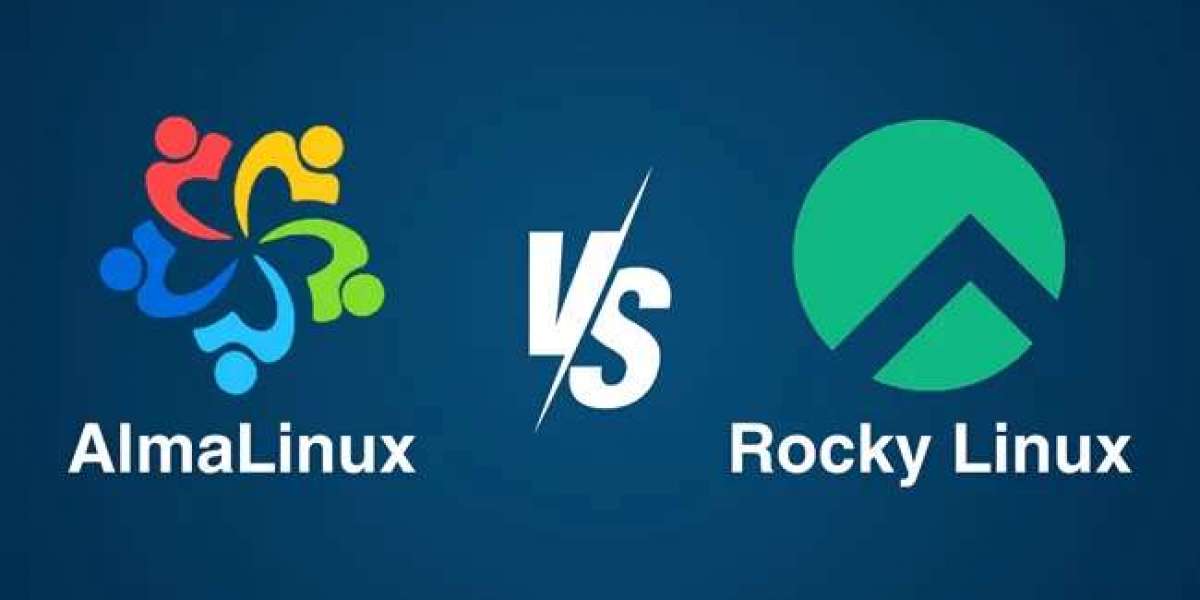With the transition of CentOS to CentOS Stream, many users have sought out stable alternatives. Two leading options have emerged: AlmaLinux and Rocky Linux. Both aim to offer a free, enterprise-grade Linux operating system that is fully compatible with RHEL, but they differ in their community support and development models. If you're comparing Rocky Linux vs AlmaLinux or trying to decide between AlmaLinux or Rocky Linux, this guide will help clarify their differences and which is better suited to your needs.
Origins and Background
Both AlmaLinux and Rocky Linux were developed in response to Red Hat’s shift with CentOS. AlmaLinux, created by CloudLinux, benefits from commercial backing, while Rocky Linux was founded by Gregory Kurtzer, the original creator of CentOS.
Rocky Linux was designed to be community-driven, ensuring it remains closely aligned with the original CentOS principles of being open-source and user-focused. The goal is to provide a free, stable RHEL-compatible alternative developed and maintained by the community.
On the other hand, AlmaLinux was created to meet enterprise needs while still offering a free alternative. With CloudLinux behind it, the project benefits from a strong financial and technical foundation, making it particularly appealing to businesses looking for both stability and long-term support.
Community Support and Development
One of the major differences when weighing AlmaLinux vs Rocky Linux is the development model.
Rocky Linux follows a community-driven approach, meaning its development and updates rely heavily on user contributions. The Rocky Linux community actively participates in shaping the future of the OS, which is appealing to users who prefer an independent and collaborative platform.
AlmaLinux combines both community participation and commercial support. While the AlmaLinux community contributes to the project, CloudLinux’s backing ensures the distribution is well-funded and supported by professionals. This hybrid model can offer extra peace of mind, particularly for enterprise users who may want more robust support than a purely community-driven project can offer.
Release Cycles and Stability
Both AlmaLinux and Rocky Linux synchronize their release cycles with RHEL, ensuring timely updates and long-term support. However, their approaches differ slightly due to the nature of their backing.
AlmaLinux, with its commercial support, often benefits from more structured and faster releases of patches and updates. This is crucial for users who need reliable and prompt security updates.
Rocky Linux, following a community-driven model, also ensures RHEL compatibility but may have a slightly more flexible release management process, depending on the community's involvement and contributions. Despite this, Rocky Linux remains focused on delivering stable, secure, and up-to-date software for its users.
Performance and Usability
Both AlmaLinux and Rocky Linux offer RHEL-level performance and usability. Whether you’re running critical enterprise applications or setting up a Linux server, both distributions ensure stability, security, and performance.
However, if you prefer a distribution that’s rooted purely in open-source collaboration, Rocky Linux might be the better choice. It’s perfect for those who value a community-led approach, free from corporate influence.
AlmaLinux, backed by CloudLinux, is better suited for users who need enterprise-grade support and prefer the reassurance of a well-funded and structured project. The combination of community input and commercial resources makes AlmaLinux a strong option for users seeking reliability and business continuity.
Migration and Long-Term Viability
Both AlmaLinux and Rocky Linux offer seamless migration paths from CentOS, providing tools and guides to make the transition as smooth as possible.
In terms of long-term viability, Rocky Linux, with its community-driven model, ensures continued development as long as the community remains active and engaged. The distribution’s future depends on contributions and support from its user base, staying true to the open-source ethos.
AlmaLinux, with its commercial backing, offers more long-term stability and predictability. The support of CloudLinux ensures consistent funding and resources, making it a solid choice for enterprises and users looking for assurance in the years to come.
Conclusion:
The choice between AlmaLinux and Rocky Linux depends on your specific needs. If you value a community-driven, open-source-first approach, Rocky Linux is an excellent continuation of the CentOS legacy. It’s designed for users who want independence from corporate influence and thrive in collaborative environments.








